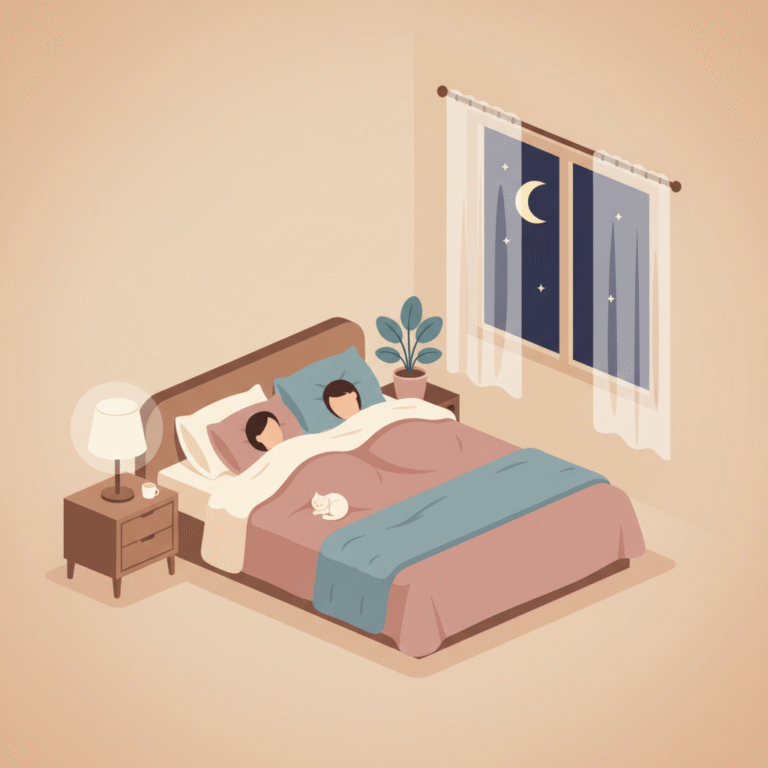Do you love jazz and want to understand the stories, culture, and history behind the music you enjoy so much? Diving into jazz history can feel overwhelming because the music spans more than a century with countless musicians, styles, and eras.
Fortunately, learning jazz history and culture can be fun and manageable when you break it down into simple daily habits. These habits will guide you to build your knowledge gradually while deepening your connection to the music.
In this article, you’ll discover three daily habits jazz fans can adopt to effectively learn about jazz history, iconic artists, and the evolution of jazz. These habits are designed to fit into a busy schedule and keep your enthusiasm alive on your jazz journey.
Your 3 Daily Habits to Learn Jazz History
Habit 1 — Daily Jazz Listening Session
Why: Immersing yourself in jazz recordings is the most direct way to connect with the history and culture of jazz. Listening every day helps you recognize styles, important players, and musical language used through different periods.
How: Dedicate at least 15–20 minutes each day to focused listening. Choose a classic jazz album or a playlist of jazz legends from various eras. Use streaming services or your own collection, and listen actively by paying attention to the instruments, solos, and overall vibe.
Cue: Set a reminder or pair listening with a daily routine like your morning coffee or commute.
Habit 2 — Explore Jazz History Through Short Stories or Videos
Why: Learning the stories behind the music, musicians, and different jazz eras enriches your enjoyment and provides context for what you hear.
How: Find one short article, biography snippet, or documentary episode each day. Focus on key jazz figures or significant movements (like Bebop, Swing, or Cool Jazz). This habit transforms complex history into bite-sized, digestible pieces.
Cue: Bookmark trusted websites or YouTube channels, and make it part of your lunch break or evening wind-down.
Habit 3 — Connect Jazz Facts With Music You Love
Why: Linking the stories and history with actual music makes your learning meaningful and memorable.
How: After your listening and reading sessions, spend 5 minutes reflecting on how what you learned relates to the music you heard. For example, if you read about Miles Davis’ influence on Cool Jazz, listen to his “Kind of Blue” album and notice the style.
Cue: Keep a small journal or notes app handy to jot down your thoughts and connections daily.
Week 1 Schedule
| Day | Daily Jazz Listening | Jazz History Exploration | Reflection and Connection |
|---|---|---|---|
| Monday | Listen to “Kind of Blue” by Miles Davis | Read about the Cool Jazz era | Note how the music reflects Cool Jazz characteristics |
| Tuesday | Explore Louis Armstrong’s Hot Fives recordings | Watch a brief video about Louis Armstrong’s life | Journal your thoughts on his influence |
| Wednesday | Listen to Charlie Parker’s Bebop classics | Read a short bio of Charlie Parker | Reflect on Bebop’s innovation |
| Thursday | Play Duke Ellington’s Swing era music | Discover facts about big bands and Ellington | Write one new thing you learned |
| Friday | Enjoy John Coltrane’s modal jazz tracks | Read about modal jazz and Coltrane’s impact | Connect story to sound |
| Saturday | Listen to a New Orleans jazz playlist | Learn about early jazz pioneers | Jot down musicians you want to explore more |
| Sunday | Favorite jazz album/repeat listen | Skim a timeline of jazz history | Plan which era to explore next week |
Troubleshooting
Barrier: Feeling overwhelmed by the amount of jazz history and artists to learn.
Fix: Focus on one small topic each day and remember that learning jazz history is a journey, not a race. Using your daily habits reduces overwhelm and keeps you progressing steadily with learn jazz history.
Barrier: Finding it hard to stay consistent with daily listening and study.
Fix: Link your daily jazz habits to existing routines or enjoyable moments, like during meals or relaxation times. Setting reminders and preparing materials in advance helps maintain consistency with learn jazz history.
Barrier: Confused by technical jazz terms or extensive theory discussed in some history sources.
Fix: Focus on the cultural and narrative aspects of jazz history first. Look for beginner-friendly resources and explanations. The goal is to build appreciation first before diving deeply into technicalities related to learn jazz history.
FAQs
Q: How much time should I spend daily on learning jazz history?
A: Just 20-30 minutes a day is enough to build a meaningful understanding through consistent learn jazz history habits.
Q: Do I need musical training to learn jazz history?
A: No musical training is required to enjoy and understand jazz history. Your habits focus on listening and storytelling that anyone can access with a passion for learn jazz history.
Q: Can I learn jazz history entirely on my own?
A: Yes, daily habits allow self-paced learning. However, engaging with community resources, teachers, or jazz groups can enhance your understanding and motivation as you learn jazz history.
Tracking & Motivation Tips
Keep a simple habit tracker to mark off your daily jazz listening, reading, and reflection sessions. Celebrate small wins by noting new artists or styles you discover. Sharing your progress with fellow jazz fans or on social media can boost accountability. Remind yourself that every day of focused learn jazz history habit adds up to a rich, lifelong appreciation and knowledge of jazz.
Key Takeaways For Learning Jazz History Through Daily Habits
Learning jazz history is most effective when broken into simple daily habits that include focused listening, exploring stories of jazz culture, and reflecting on connections between music and history. These habits help jazz fans steadily build knowledge while enjoying the journey. Consistent attention to learn jazz history habits turns overwhelming information into a manageable and inspiring exploration of this incredible musical tradition.




